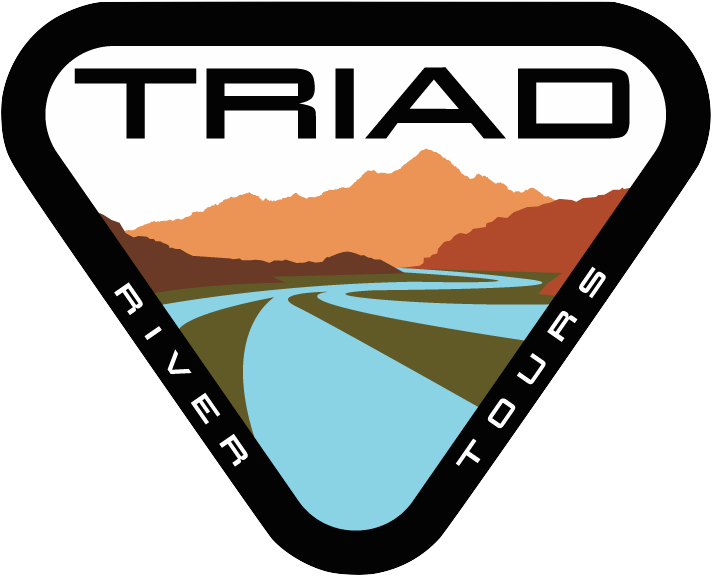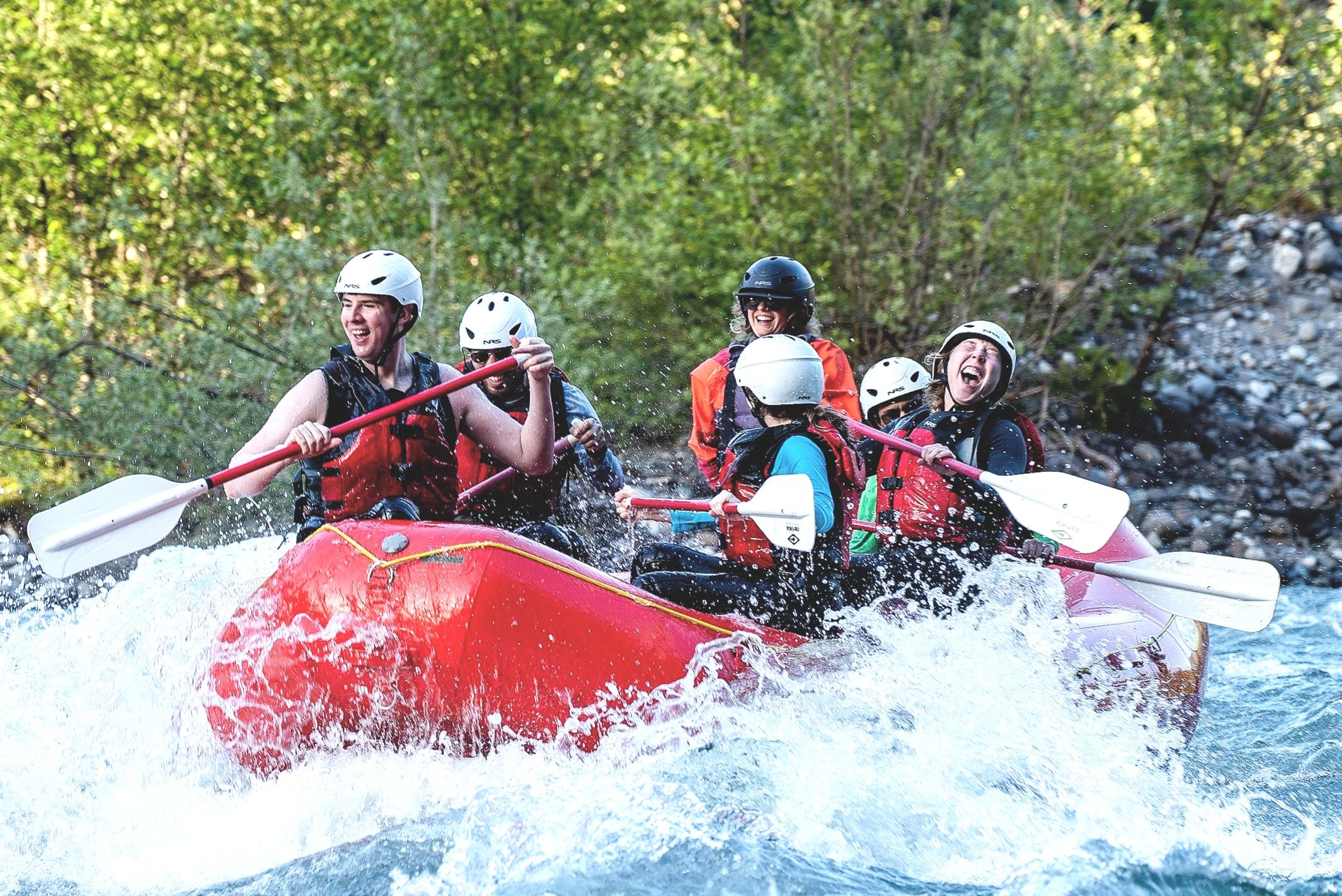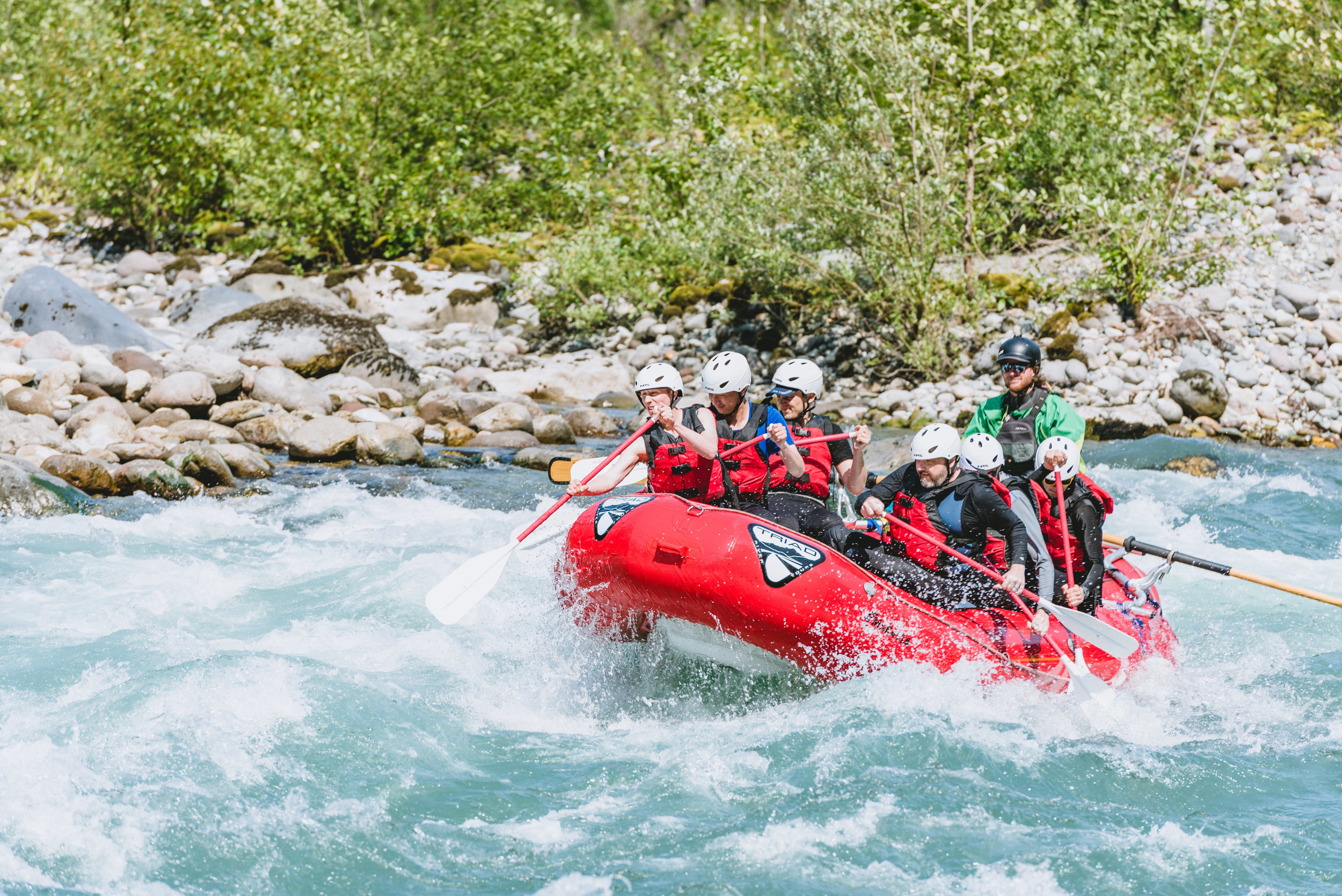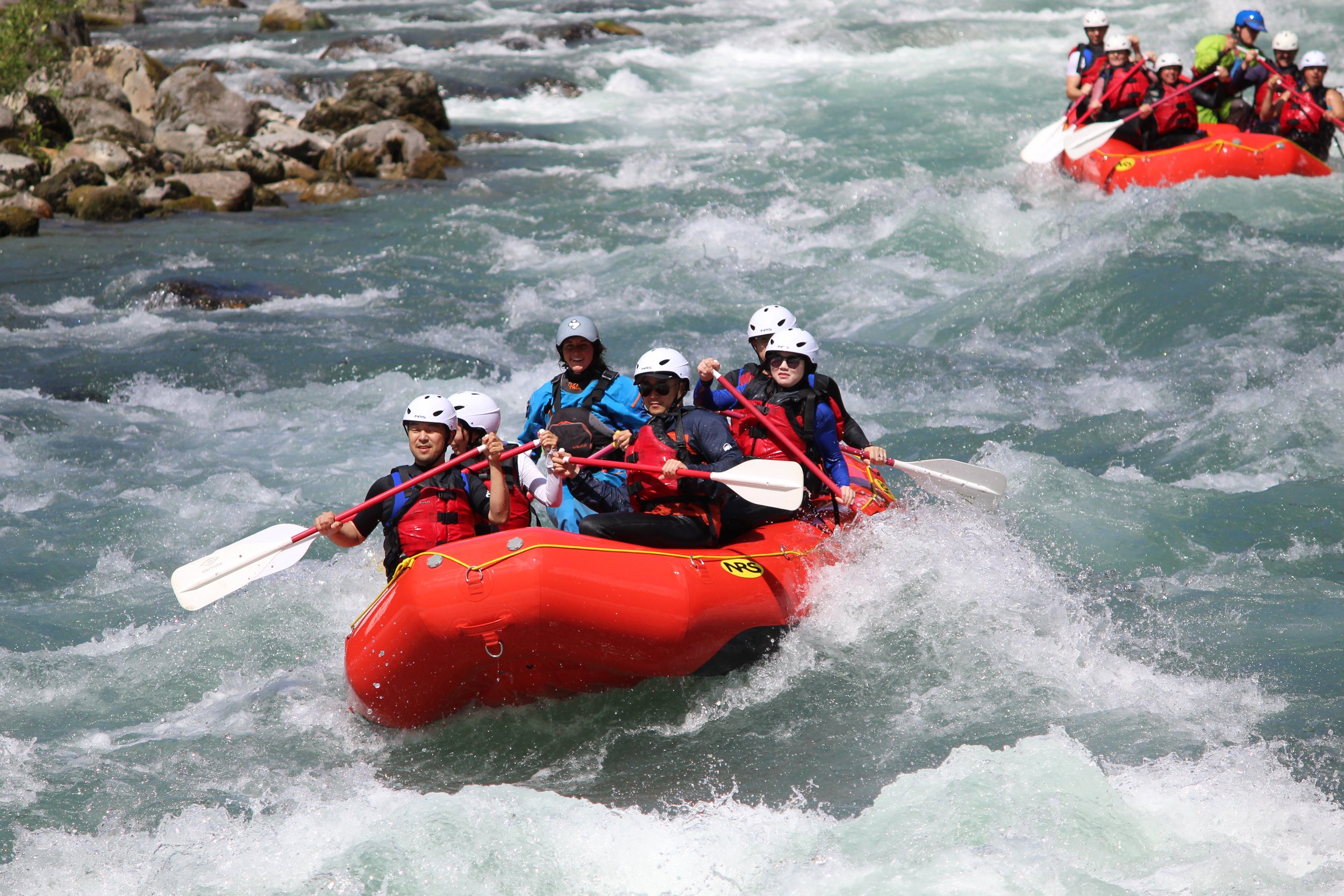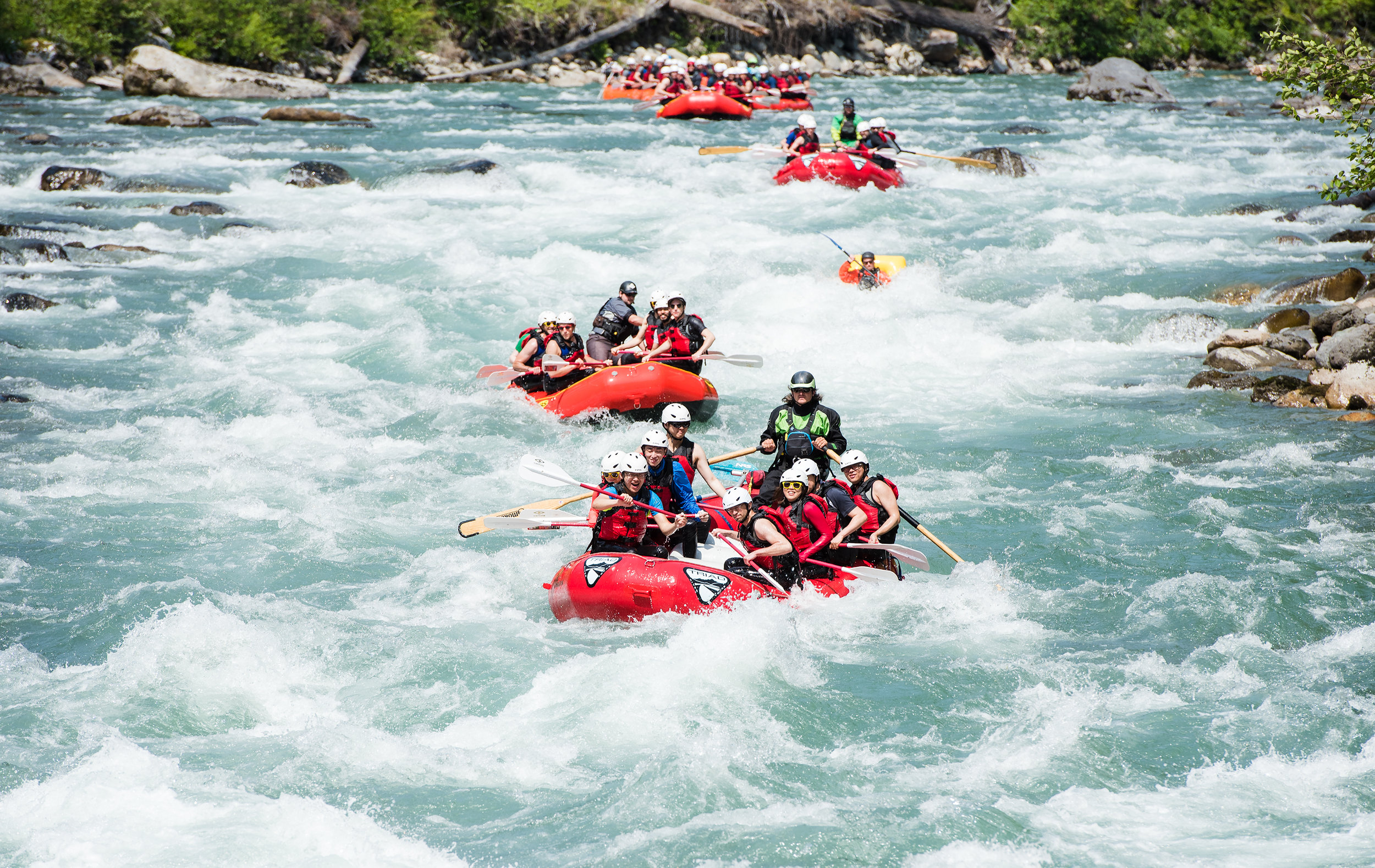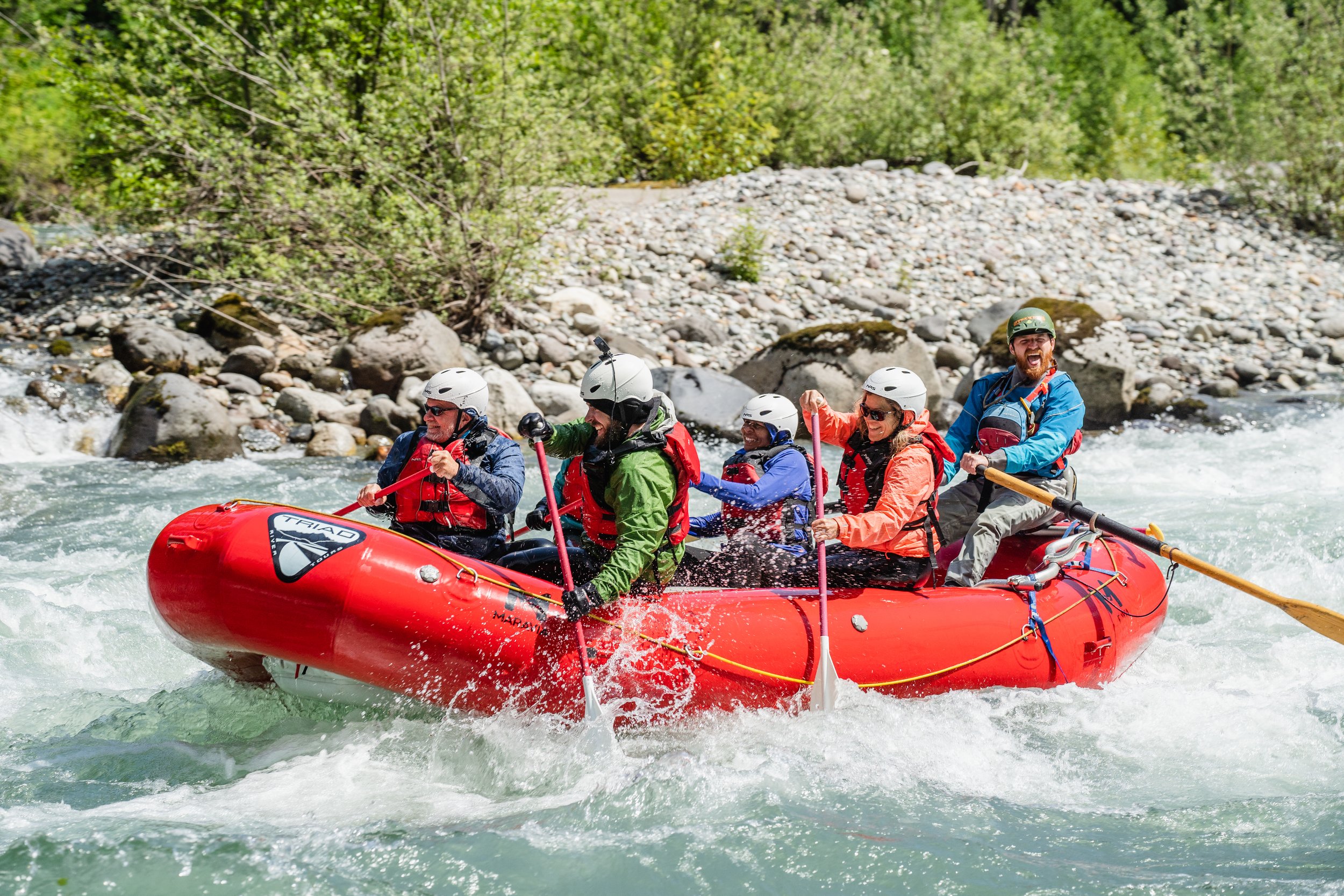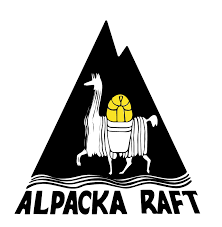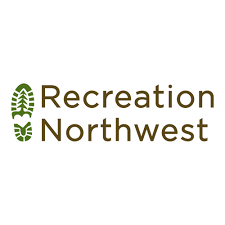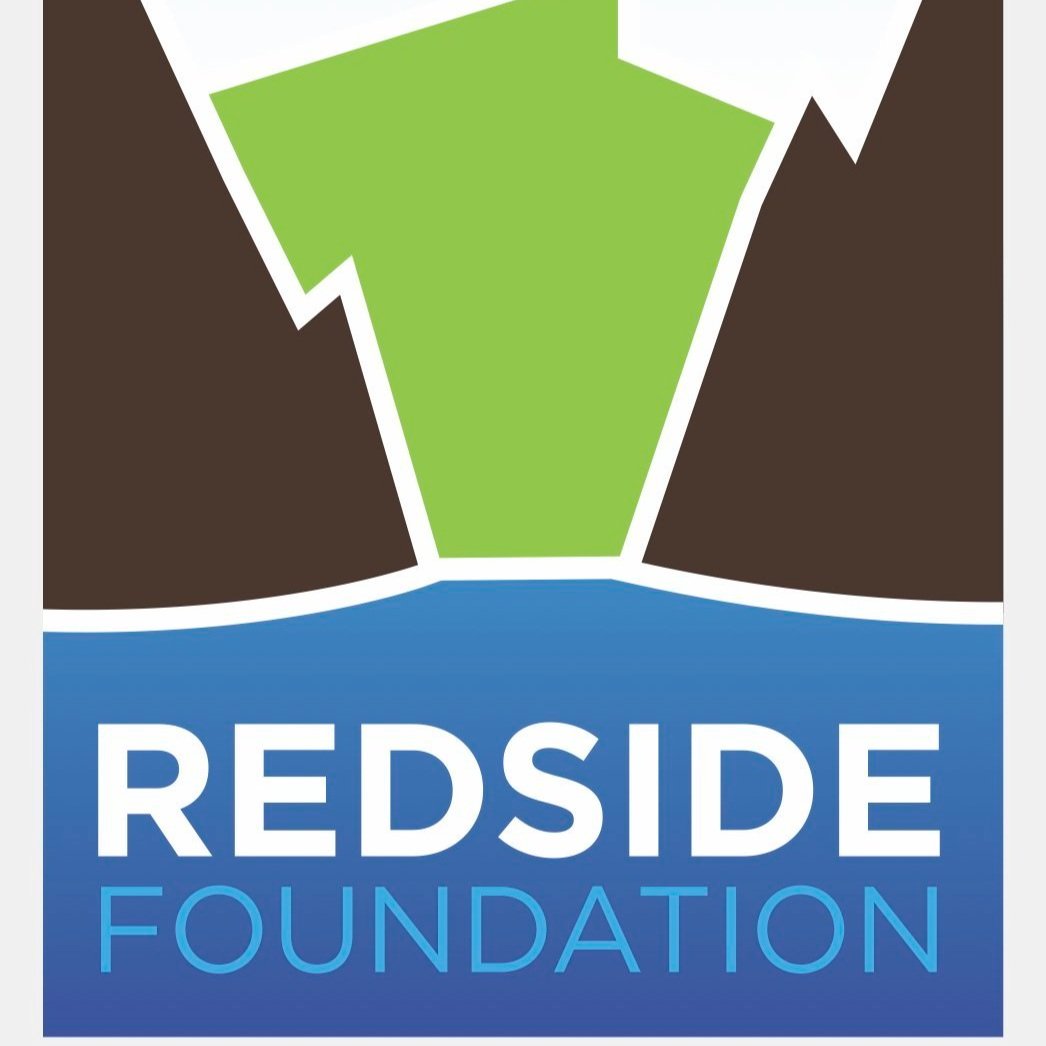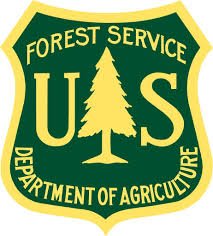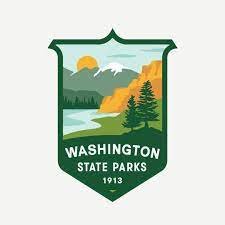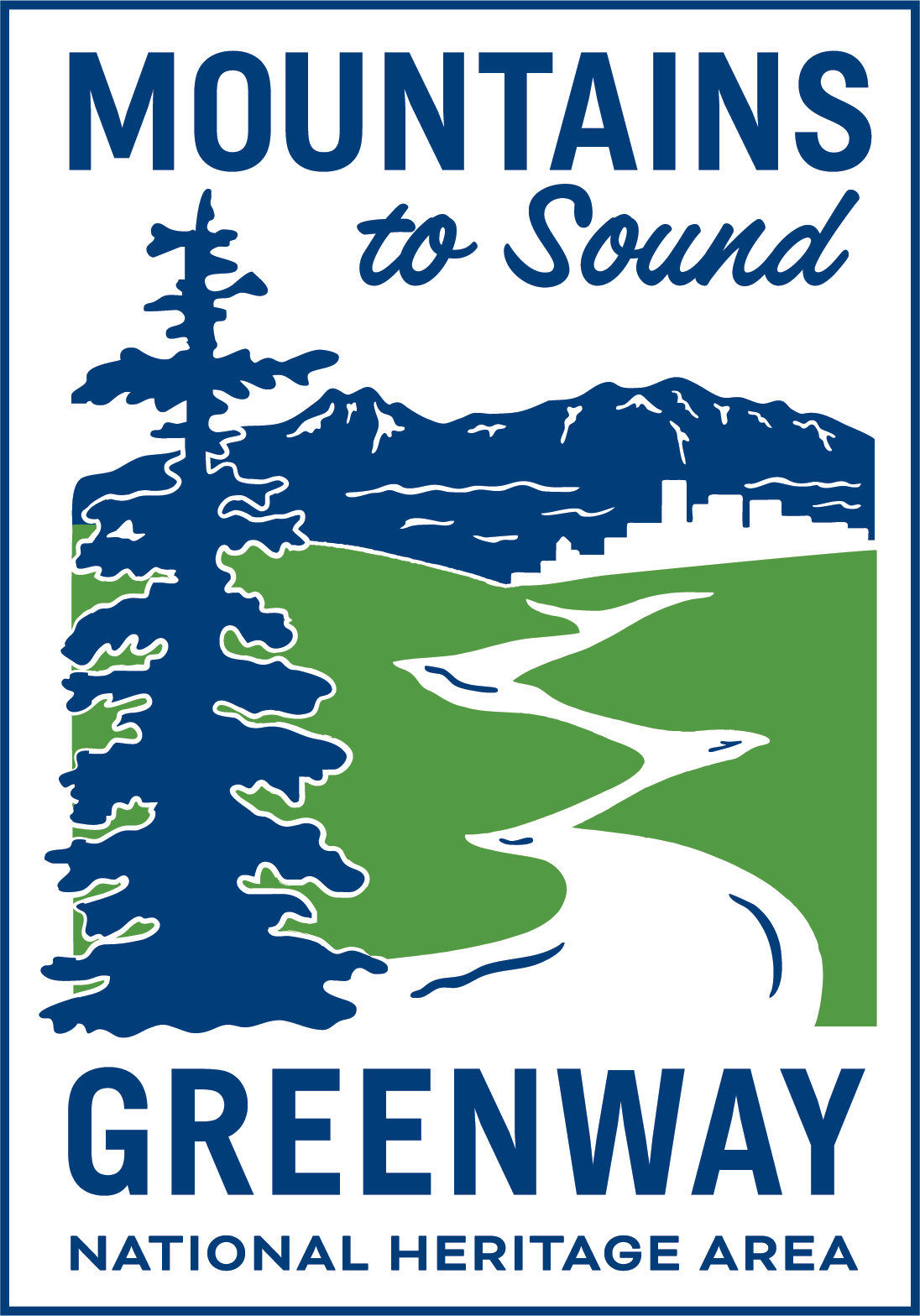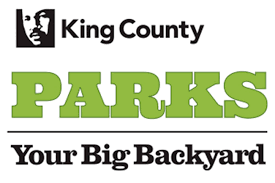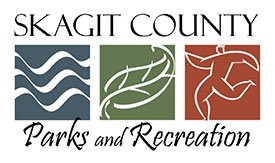Nooksack River Whitewater Rafting | Class 3
Nooksack "Nerd Chart"
Current Price: $85 per person (why does this cost this much?)
Classification: 3 (explanation of classification here)
Exertion Level (proportionate): Hard (70%), Very Hard (30%) (explanation of exertion level here)
Difficulty Level: Intermediate (explanation of difficulty level here)
Normal Season: March-August (updated river conditions here)
Peak Season: July
Liability Waiver Required: yes (online here)
Length of trip: Approximately 6 miles
Typical time on river: 1.5-2 hours
Typical time for the complete trip: 2.5-4 hours (depends on river flow and rescue situations)
Minimum age: 10 with prior whitewater experience, 14 with no whitewater experience (exceptions can be requested at the time of booking)
Minimum weight: 50lbs. for kids (kids between 50 and 90 pounds must be announced in advance as they require specially sized equipment)
Trip meets at: Highway 542 Milepost #27, across from Douglass Fir Campground just East of the bridge on the right side of the road. Instructions provided in email, or click here to be directed to the USFS page for our exact meeting location at Horseshoe Bend Trailhead.
Classification and Risk Analysis of the Nooksack River
Number of significant rapids (class 3 or higher) at normal flows: 5
Generalized classification of river by American Whitewater: Class 2-3
Highest possible classification: Class 3+ (at high water)
Lowest possible classification: Class 3- (during low water)
Number of recorded commercial fatalities: 3
Number of private boater fatalities: 1
Estimated number of boaters (user days) per year: 1000
Most significant rapid: Gallop Creek (Class 3)
Major risks to human safety according to our in house analysis: 1. hypothermia 2. strainers (wood) 3. flush drowning 4. blunt trauma (rocks)
If you would like to read more about hypothermia risk and cold water immersion please click here.
If you would like to read a short breakdown on whitewater risks please click here.
Nooksack River Trip Details
The Nooksack River is a majestic, wild, glacially fed river system which is enchanted with old growth forests lining the river banks, and exceptionally rich geological formations along the route. Serious consequences exist with Class 3 Nooksack River rafting, so this trip is one that we don't recommend for small children or trepidatious beginners. "The Nook" is a local favorite among our kayaking community, and is one of our favorite training runs in the early season and into the fall. It has been home to the Nooksack Indian Tribe for thousands of years, and continues to hold an authentically mystic experience when paddling its waters. Because the Nooksack River rafting run is so close to our home base in Bellingham, we get to see the Nooksack a lot, and can report that it's the most dynamic and changing river that we run. Its geological formations are essentially remnants of an ancient lahar channel which drains glacial melt from Mount Baker today, just as it did thousands of years ago when the route (now the river) was formed.
Because the Nooksack holds all five native species of Salmon, we take extra care in running this section later in the river. We avoid any trips on the Nooksack after August 1st, and do not run anything here beyond August 15th due in part to recently finished ecological surveys suggesting that lower water boating could potentially damage existing and new salmon spawning grounds (called "reds"). The NSEA is a great resource for anyone interested in the habitat of Salmon on the Nooksack River. We take special pride and care in the way we run this particular Nooksack River rafting trip.
The River Run
The first two miles of the trip are where you get to experience the real whitewater. The canyon section of this trip sees the walls come in very close to the river, and short continuous drops come one after another so your face is getting wet and you're paddling non-stop. This part of the river is where it's critical to pay attention to your guides commands, and be on your toes with your paddling. Rescues here need to be done quickly and effectively, as the potential for a long swim exists, as well as the dangers of fallen trees which line the banks of the wooded Nooksack. Your guide will lead you down this section, and you'll come to the first evacuation location (in case of emergency) near the town of Glacier.
The final 3 miles of the section are incredibly scenic. You will float right up to Glacier Creek, which comes right off the west slopes of Mount Baker. On clear days you'll be able to witness what many believe to be the most beautiful angle of Mount Baker. This view is like no other, as the mountain glaciers glisten on a sunny day, and floating by it with trees in the foreground is truly a once in a lifetime sight.
For the remaining miles, it's important to not get too relaxed as we do see fallen logs on a very consistent basis on the Nooksack. At the end of this section we shuttle you back up to your car, which awaits you at the beginning.
It's a fairly short, but action packed trip, and it's just a short 40 minute drive from Bellingham Washington, so it's a great medium intensity whitewater trip for the folks living in or visiting Bellingham, or even our Canadian friends up in Vancouver. We look forward to you sharing this great experience with us.
Things to do near the Nooksack River
The Nooksack River is a major drainage of Mount Baker in the Mt. Baker Snoqualmie National Forest. There are perhaps more hikes and things to do in this area than any other. The town of Bellingham is just a half hour away so even if the local fare isn't up your alley you can always hit the town for the evening after your adventures.
Hiking & Trail Riding
Right next to the launch point for our river rafting trip is the Horseshoe Bend Trail, 2.4 miles of easy trail alongside the scenic North Fork of the Nooksack. Across the highway from the Horseshoe Bend trailhead, Canyon Creek Road winds almost 17 potholed miles to the Damfino Lakes trailhead. This forest service road is only partly paved and not suitable for all vehicles; check road conditions with the ranger station. The lakes themselves are not particularly spectacular, but this trailhead is also the easier back door to the sweeping alpine views of Excelsior Ridge. With only 1500 feet of elevation gain in the 5.6 mile round-trip, this hike rewards novice and experienced hikers alike with stunning views of Baker and Shuksan as well as some lovely alpine meadows. For those who are hiking in the early season or have a concerning affinity for switchbacks, the Excelsior Ridge trailhead on Mt Baker highway sends you up 3500 feet in less than five miles. Another great area hike is Yellow Aster Butte, which tops out in a rocky alpine landscape of quiet tarns and snow-swept peaks. With moderate elevation gain and less than eight miles round-trip, this is an incredible hike for novice or experienced hikers. If a few easy wanders and picnic tables with breathtaking views are more your style, follow Mt Baker highway all the way to Artist Point, where the views from the parking lot are better than some national parks.
Camping and Accomodations
Douglas Fir Campground, right across from the Horseshoe Bend trailhead, has great views of the river and easy access to the surrounding trails. This campground has vault toilets and drinking water. If you would rather have a roof over your head, the Blue T Lodge just outside Glacier offers 6 rooms for rent and Mt Baker Lodging has a wide variety of vacation rentals available.
The last place to grab food before you really hit the mountains is the small ski town of Glacier. For great tea and coffee, fresh-baked pastries, and an eclectic ski-town coffee shop vibe, try the Wake and Bakery. If you’re looking for more substantial food, Chair 9 has great pizzas, burgers, steaks and beer. On Fridays, Saturdays and Sundays pack lunches and drinks are served out of the Heather Meadows Café, located in the upper lodge at Mt Baker Ski Area.
More information
Safety Protocol: Continuous whitewater safety protocol including safety kayakers if necessary (usually in high water or on smaller trips), trip leaders with advanced medical training on staff. Two craft minimum for each trip. Swiftwater rescue kits, medical trauma kits, emergency communication device.
Runnable River Level: 600 cubic feet per second (lowest)-3,000 cubic feet per second (highest)
River Gauge used: USGS Hydrograph Cascade Creek (measured near Glacier, WA) click here.
Type of Rafts used: Self Bailing Whitewater Rafts 12' to 15' in length (typically we run the Maravia Williwaw 1.5s in high water and Aire Super Pumas in lower water).
Maximum number of guests per trip: 28, depending on time of year.
Maximum number of guests per raft: 8
Guest requirements: Ability to swim in a whitewater rescue situation
River Classification on American Whitewater: Class 2-3 (please click here to be directed to AW)
Whitewater Safety and Trip Basics
Safety Protocol: Continuous whitewater safety protocol including safety kayakers if necessary (usually in high water or on smaller trips), trip leaders with advanced medical training on staff. Two craft minimum for each trip. Swiftwater rescue kits, medical trauma kits, emergency communication device.
Paddles/helmets required: yes/yes
Wetsuits required: yes
Type of Life Jacket required: Type 5 (guests cannot bring their own PFD's)
Food/beverage served: no
What Triad River Tours provides: Qualified expert whitewater certified guides, top quality rafts, type 5 coast guard approved life jacket, wetsuits available for rent, hypothermia gear, safety equipment, medical supplies.
What you may want to bring: Quality footwear (like sandals, booties, or flip flops), warm wool socks, capilene or other base layer for warmth, a snack or lunch, camera, water bottle that can be attached to the raft (we do not allow loose plastic on the river due to litter issues).
Special Note: Washington State does not have a government operated guides and outfitters licensing board. Whitewater Classification is subjective and often times misleading. If you do not fully understand the classification for yourself, it is best not left up to chance. What is often referred to as "Class 5" whitewater is considered class 3 or 4 by other, often more experienced boaters who have a larger and more apt perspective on the matter. For a closer study of river difficulty and risk, please visit our safety informative page.
Triad River Tours Mission
Because safety is the paramount concern on all river trips, Triad River Tours takes our responsibilities with great sincerity and dedication. There is no reason for us to ever run a river trip where any compromise towards safety is made in order to save money, time, or to add convenience to the trip in any way. Our trips are designed after careful planning, and a detail oriented itinerary. Each of our trips is holistic in it’s approach, and it is prepackaged throughout it’s itinerary. No client/guest of Triad River Tours will ever be in a position where they are taking a risk above what is absolutely necessary to run the trip, that is just not the reason for our trips.
We believe, at Triad, that many people avoid “Whitewater Rafting” because they see it as frightening, difficult, or otherwise outside of their comfort zone. The motivation behind this company is to reach a customer segment that typically avoids the hard core adventurers type of travel, and as a result our trips are designed to make each guest as comfortable as possible. The first way we eliminate risk from the trip, is that we simply will not run a trip that we cannot do safely. Our company will never need to run a trip on the river which cannot be done in a safe manner. If the river is unsafe, we will give the money back to our guests and spend the time hiking, taking pictures, or doing other things. This will preserve our reputation on the river, as well as with our clientele. No guide will be taking customers until a level of adeptness is seen from that person that goes entirely beyond what it simply takes to navigate the river responsibly.
It is our goal to facilitate the relationship that our guests have with mother nature, with themselves, as well as the relationships they form with our guides and staff. All of these great things happen upon a foundation of river safety, preparation, and excellence in river running techniques. We spare no effort or expense to accomplish our goals in regards to running successful river trips.
Every trip leader at Triad is a certified Swiftwater Rescue Technician (SRT-1) as well as a medical first responder (WFR) or wilderness first aid provider (WFA). Our 4 tenured guides have a combined 38 years of professional commercial rafting experience, with each one being experienced in Class 5 whitewater. Every trip itinerary protocol is carefully planned, practiced, and voluntarily audited by a third party to ensure best possible practices.
